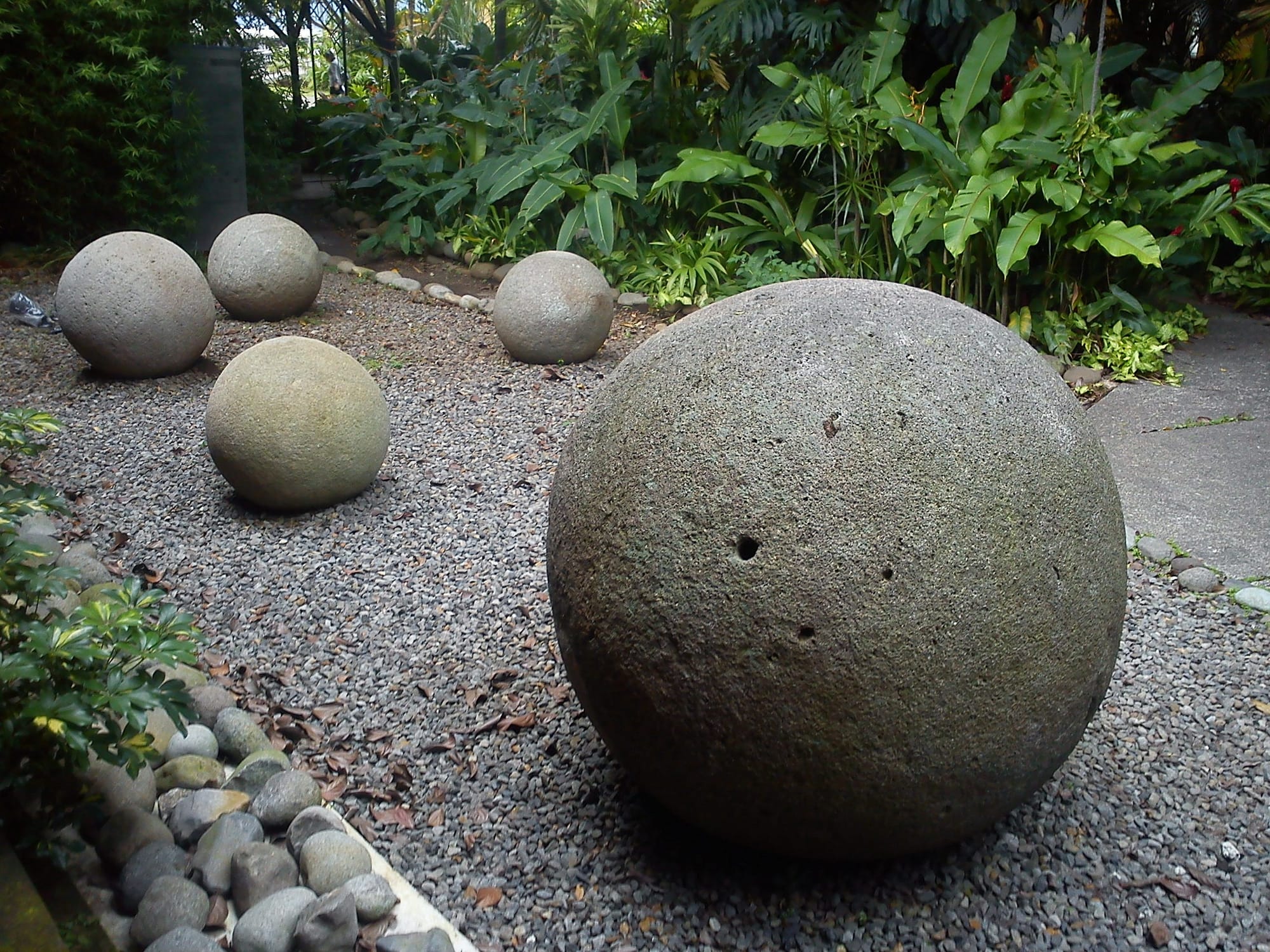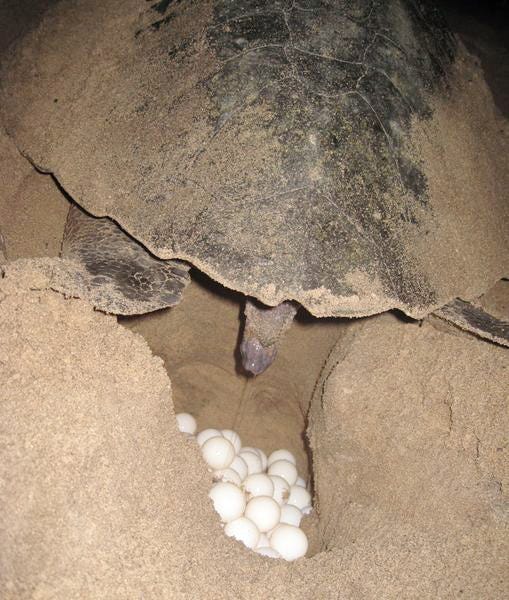
The turtle lives ‘twixt plated decks
Which practically conceal its sex.
I think it clever of the turtle
In such a fix to be so fertile.
— Ogden Nash
The world is full of examples of animals we have used to symbolize different things. Owls symbolize wisdom. Foxes symbolize cunning. Over the centuries, turtles in general (and sea turtles specifically) are commonly used to symbolize fertility.

This is not entirely surprising, as sea turtles are indeed prolific breeders. The above image is of an olive ridley sea turtle, Lepidochelys olivacea, laying eggs in Ghana, West Africa. The olive ridley is a smaller species of sea turtle (which is still a large turtle, as its carapace length averages between 60–70 centimeters), which means its eggs are smaller and it can hold more of them. Average clutch size is over 100 eggs per nest, with nests of 110 or even 120 eggs being fairly commonplace. Even the much larger leatherback sea turtle, Dermochelys coriacea, will often lay 60–70 0r more eggs at a time.
Since female sea turtles can and will nest multiple times during a nesting season, it is easy to see how they could have received a reputation for fertility from observant humans. The top image is some of the stone spheres of Costa Rica, carved stone statues from pre-Columbian times. Their true significance is unknown, but there is speculation that they might represent the spherical shape of sea turtle eggs. Regardless of the truth or falsity of such speculation, turtle fertility imagery goes back a long time.
I also find the poem above quite fitting in both its simplicity and its elegant blending of turtle symbolism. In addition to a fertility symbol, turtles have long been used as a symbol for perseverance in the face of adversity (think about the story of ‘The Tortoise and the Hare’). This is a group of animals that have very subtle visual differences between male and female individuals and their sexual organs are not obviously external like a mammal. Yet, they are able to overcome this and thrive.
Unfortunately, while symbolism can bring us closer to the natural world, it can also cause problems for those symbolic animals. This is especially true for sea turtles. Being a fertility symbol can be a double-edged sword. In some cultures, sea turtle eggs are considered an aphrodisiac and harvested for consumption. Furthermore, the sheer number of eggs laid in a year can give the mistaken impression that the supply of sea turtles is inexhaustible. This is sadly not the case. Mortality rates for sea turtle hatchlings are quite high. Exact numbers are difficult to come by because of how hard it is to track young sea turtles once they enter the ocean, but a typical estimate is between 1 in 1000 and 1 in 10000 hatchlings reach adulthood. Sea turtles need to lay so many eggs in order to overcome natural predation rates and because as a group they are very slow to mature (it takes 20 years or more, biologically even slower than humans).
Over the next few days, think about different animals and plants and what they symbolize to you personally, as well as to human culture more broadly. Ask yourself why we have created these associations. How many of them are based on actual evidence and how many are just silly superstition (remember how I mentioned the whippoorwill as an ‘omen of death’)? We are often much more observant than we give ourselves credit for. It is important not to completely discount traditional knowledge until we test it thoroughly. That is one lesson I have particularly taken to heart and that I hope you do as well.